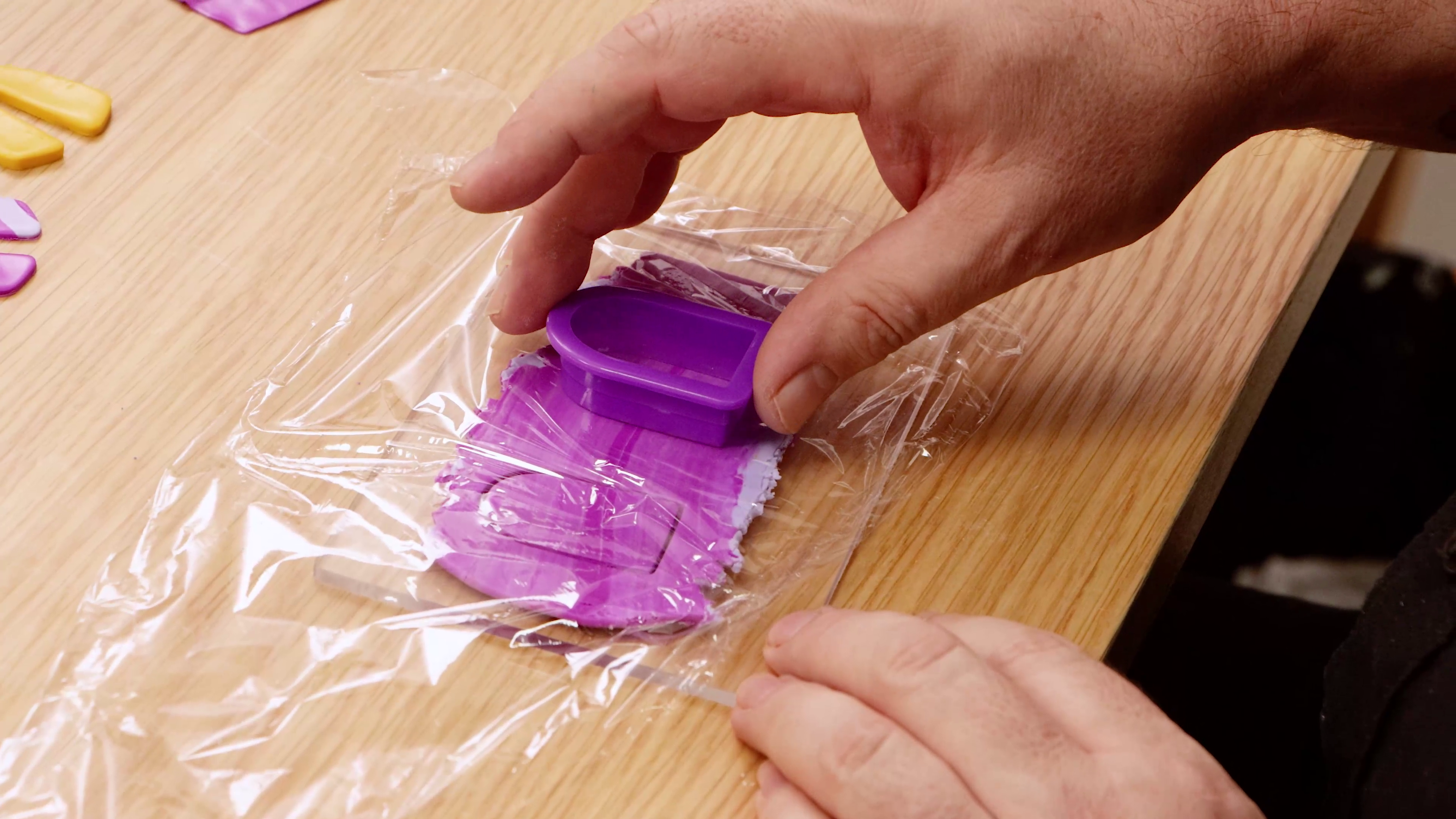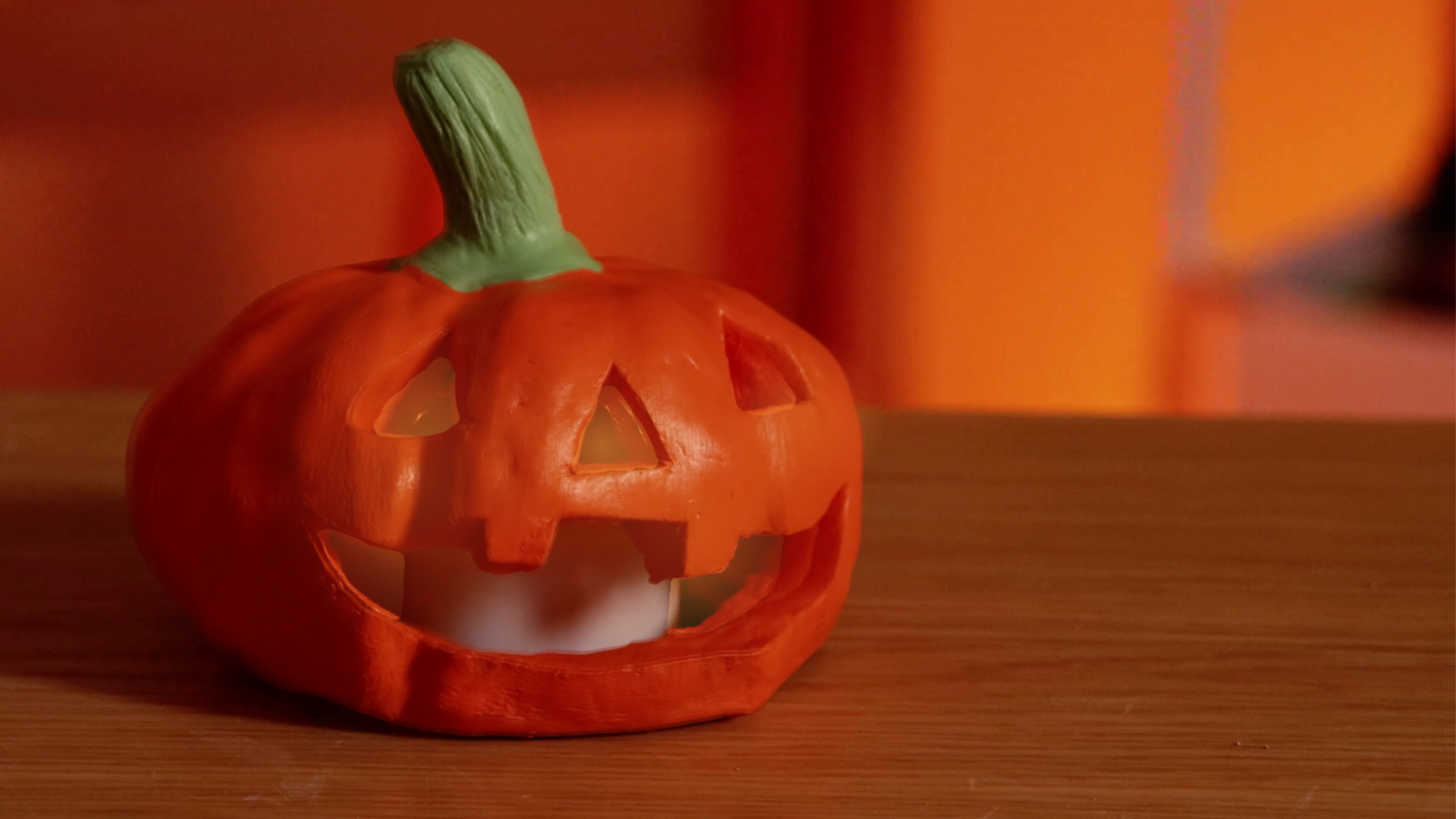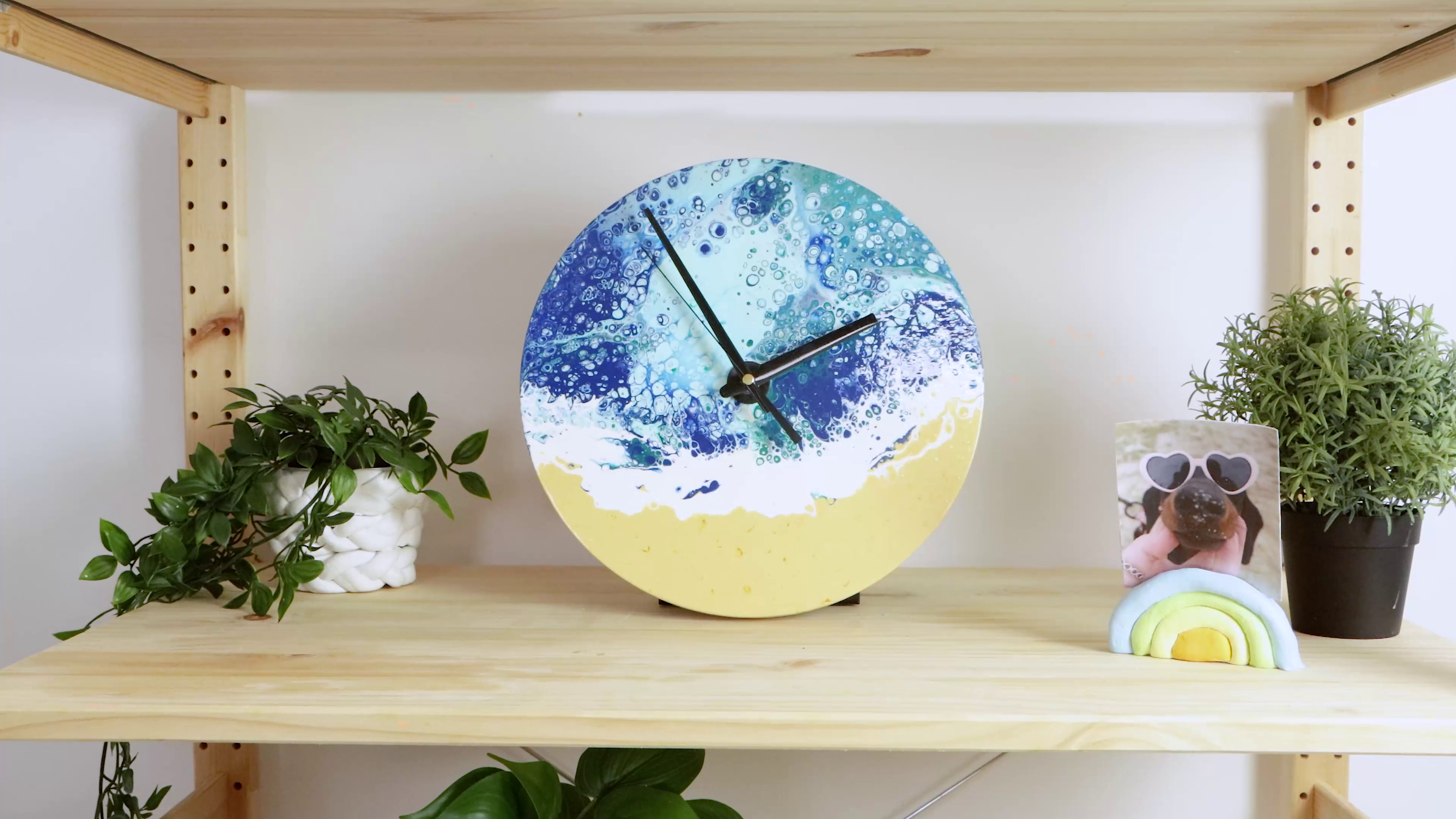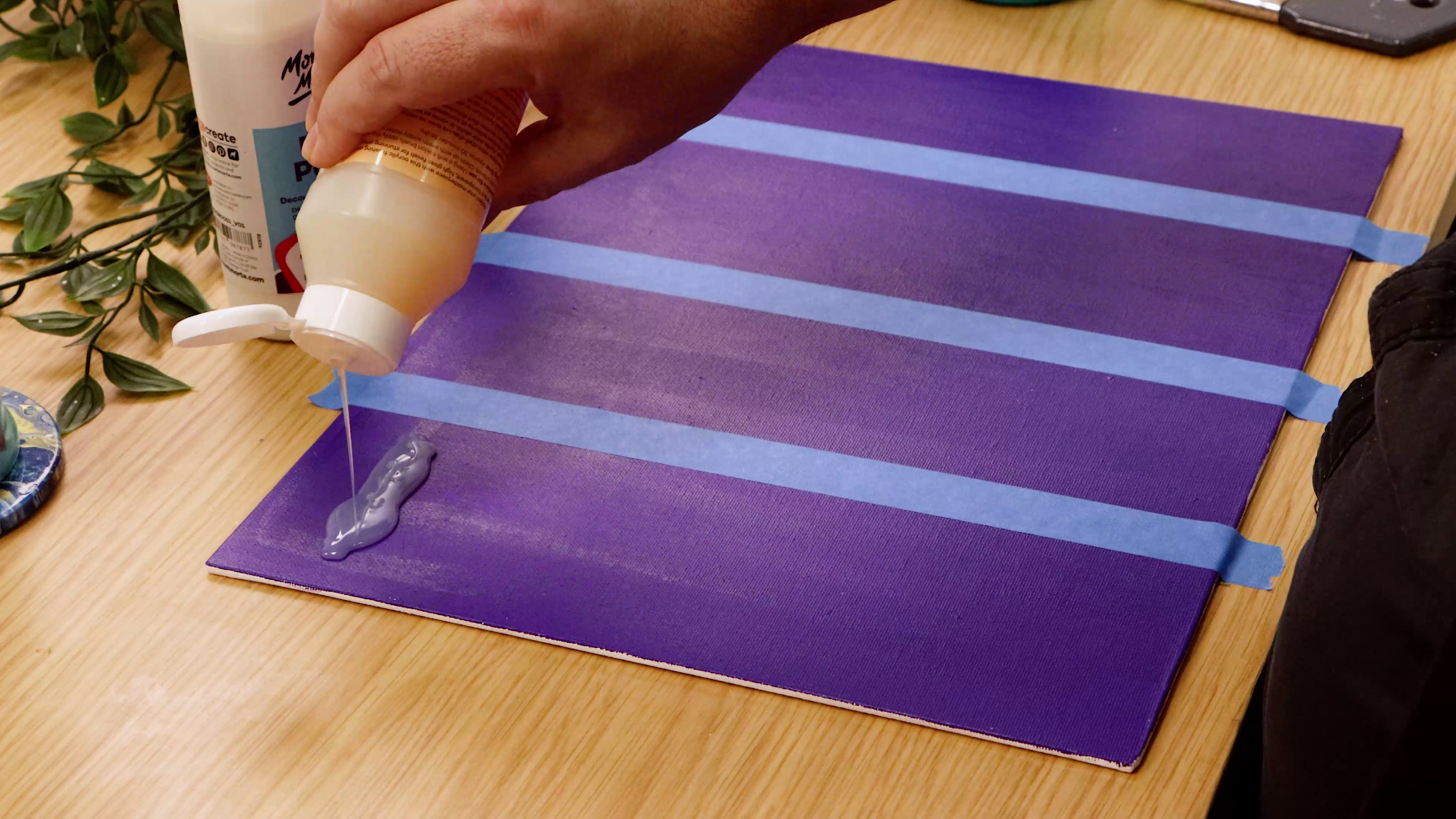Create a betta fish painting in watercolour
Create your own betta fish watercolour painting with this quick video lesson. Anyone can give it a go, so grab your paints and let's get started.
Step 1. Drawing up the fish
Take the first image, turn it over and using a 6B pencil shade the backside with a consistent layer. of graphite. Turn this page over and tape it to an A3 sheet of watercolour paper. Using a HB pencil retrace the linework on the print out. This will transfer the graphite on the the surface of the watercolour paper.
Once the page is all retraced remove the printout sheet. If any of the line work is a little feint redraw in the linework with a HB pencil. You might like to add more detail as well.
Step 2. Laying in the initial wash over the fish
In this step we need to lay in a thin coat over the fish. We can then build the fish up with more coats of paint. Remember the golden rule with water colours to move from light to dark. We will be using a number 2 Traditional Mop Brush. To create a light colour add lots of water to the paint. Below are the steps to take in the wash stage and the colours to use:
1) Lay a very light Paynes Grey and Yellow Ochre wash over the top fish.
2) Create a darker mix of Paynes Grey and Yellow Ochre and lay it into the back of the top fish.
3) Add some Phthalo Blue to the mix and paint in the eyes of the fish.
4) Paint 3/4 of each scale on the top fish with the above mix. Ensure that the edge of the scale is untouched with this mix. This way the scale will look slightly convex.
5) Lay a light wash of Cadmium Yellow into the head area on the bottom fish.
6) Lay a light wash of Phthalo Blue into the body of the bottom fish.
7) Use a slightly darker tone and paint the scales in over the previous wash [on the bottom fish]. Make the scales slightly lighter under the pectoral fins.
8) Paint the underside of the fishs head in with a light olive wash. Create this mix from Cadmium Yellow, Phthalo Blue and a touch of Paynes Grey.
9) Lay a light Prussian Blue wash into the head area of the top fish. Lay this tone over the pectaral fins as well.
10) Create a darker tone and lay this into some of the fins. Refer to the finished painting to see how and which scales you need to paint in.
Step 3. Painting in the fins
Now some washes have been laid over the fish we can move our attention to the flowing fins of the fish.
Lay in a medium strength wash of Prussian Blue into the top fins of the top fish. Follow the direction of how the fins naturally lie on the fish. Keep the strokes fluid and free. Take the strokes to the bottom fishes back but be careful not to take the colour into the bottom fish at all. Refer to the finished painting to help with how far the strokes need to be taken.
Next, create a medium strength mix of Cadmium Orange and lay it in around the fish and into the bottom fish's tail fin area. Use a 24 mm Hake brush to do this.
Using the number 2 Traditional Mop Brush lay in some orange in to the top fishes fin on the left of the page. Let this coat dry thoroughly before starting with the next step.
Squeeze out some Cadmium Red and lay it into the fin of the top fish on the left of the page.
Next lay this colour into the bottom fin of the fish. Any areas of the fins that are closer to the viewer or in highlight you can add water to the mix. Areas that are in shadow a more pure tone with less water can be used. Let this first coat of red dry and create a mix from Permanent Red and Cadmium Red. Lay this tone only in the shadow areas. Create a mix from Cadmium Red Deep and Phthalo Blue and lay it into the area below the top fish. This is actually a shadow cast from the top fish. Again refer to the finished painting for guidance on exactly where to lay the paint.
Step 4. Painting the background
Squeeze some Ivory Black into the palette and using that mop brush again lay this dark tone around the fish and the fins. This tone should be quite dark, just make sure you add enough water so that the colour is light enough fort he orange to be seen beneath this tone once laid down.
Step 5 . Detailing
The fish are essentially finished and they just need to have a little detail laid over them. The things to detail are as follows:
1) Apply black under the gills on the bottom fish.
2) Darken the eyes with black.
3) Add black to the head of the bottom fish. Remember to leave the edge free of this black colour though.
4) Add shadow behind the gills and the base of the pectoral fin on the top fish.
Material List
- Cotton Watercolour Paper Premium 300gsm A3 (16.5 x 11.7in) 5 Sheets
- Air Tight Watercolour Palette Premium 18 Slot Large
- Watercolour Paints Premium 36pc x 8ml (0.3oz)
- Artist Watercolour Traditional Premium Mop 2
- Goat Hair Brush 25mm





























